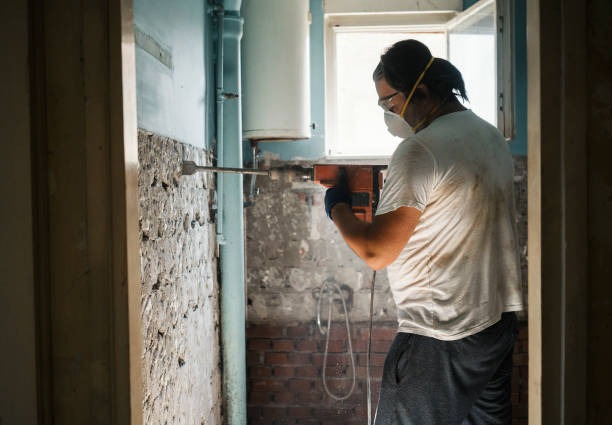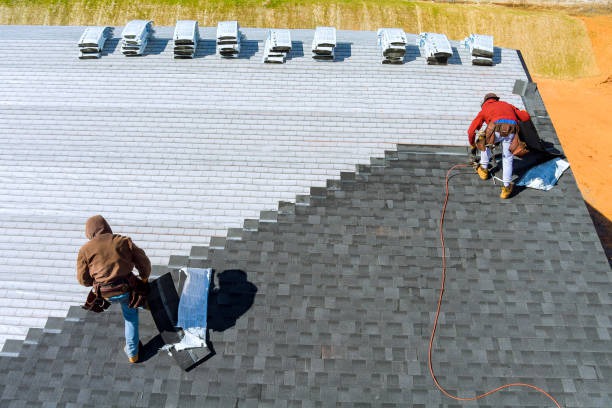Remodeling your home can be an exciting adventure, especially if you’re upgrading your plumbing system. Whether you’re updating for efficiency, aesthetics, or functionality, considering the right aspects during your remodel can save you time, money, and a whole lot of stress. Let’s look into the essentials you need to keep in mind as you plan your plumbing upgrades.
1. Assessing Your Current Plumbing System
Before you jump into the remodel, take a moment to assess what you currently have. This includes examining the pipes, fixtures, and any previous repairs. Knowing what you’re working with can help inform what needs to be upgraded or replaced. You wouldn’t want to overlook a small issue that could become a major headache down the line.
Inspecting the Pipes
-
Material: Are your pipes made of outdated materials like galvanized steel? Modern materials such as PEX or copper are more durable and resistant to corrosion.
-
Condition: Look for any signs of wear and tear. Leaks, rust, or visible damage are telltale signs that your plumbing needs attention.
Checking Your Fixtures
-
Functionality: Does everything work as it should? Are the faucets, showerheads, or toilets efficient or stylish enough?
-
Maintenance: Have there been frequent clogs or leaks? If so, it might be time for an upgrade.
2. Deciding on a Layout
The layout of your plumbing system is crucial for both functionality and cost. A well-planned layout can minimize the lengths of piping and plumbing runs, saving you money on materials and labor. If you plan on moving plumbing fixtures, consult with a professional to ensure that it’s feasible and won’t cause issues later.
Planning for Future Needs
While you might only need a remodel for current use, it’s wise to plan ahead for future requirements. Will your family grow? Do you plan to age in place? Addressing these questions ensures that your plumbing can accommodate these changes smoothly.
3. Upgrading Pipes and Materials
Choosing the right materials is key to a successful upgrade. Modern materials not only improve functionality but also add to the energy efficiency of your home.
Modern Pipe Materials
Consider replacing outdated pipes with new materials like PEX, which is flexible and easy to install, or copper, known for durability and longevity. Each material has its pros and cons, so choose what aligns best with your needs and budget.
Energy Efficiency Improvements
By upgrading to energy-efficient plumbing systems, you can dramatically reduce your water consumption and save on utility bills. Look for WaterSense-labeled products that are designed to use less water without sacrificing performance.
In addition, addressing specific areas that consume a lot of energy, such as the hot water heater, can lead to substantial savings. If you’re located in the area, it might be the perfect time to consider a water heater replacement in Norwalk to ensure optimal performance and efficiency.
4. Choosing the Right Fixtures
Fixture selection goes beyond aesthetics. It involves choosing durable, efficient, and lifestyle-suited items. From sinks to showerheads, finding the right fixtures can transform your space and enhance your daily routines.
Eco-Friendly Options
Incorporate eco-friendly fixtures into your remodel to lessen your environmental impact. Low-flow toilets and showerheads save water, while sensor-activated faucets reduce waste.
Style and Aesthetics
Fixtures come in a variety of styles, from contemporary to classic. When selecting fixtures, consider your home’s overall design to ensure that they complement your existing decor.
5. Considering Professional Help
Do-it-yourself projects can be rewarding, but when it comes to plumbing, sometimes it’s best to call in the professionals. Experienced plumbers bring expertise, precision, and safety to your remodel.
The Benefits of Hiring Pros
-
Expertise: Professionals have the knowledge to tackle complex issues without the trial and error of a DIY approach.
-
Time-Saving: An expert can quickly diagnose and fix problems, saving you from prolonged inconvenience.
-
Safety: Proper installations reduce the risk of leaks, water damage, and even health hazards like mold growth.
For homeowners seeking assurance in their plumbing remodel, hiring a professional like a plumber in Norwalk, CT, can provide peace of mind and quality results.
6. Exploring Smart Plumbing Solutions
The world of plumbing is becoming increasingly smart and connected, offering new ways to control usage, detect leaks, and integrate with home automation systems. Considering these systems during a remodel can not only modernize your home but also offer convenience and efficiency.
Integration with Home Automation
Systems that allow you to control water usage remotely or receive alerts for leaks can prevent costly water damage and reduce water bills. Explore options for smart water heaters, leak detectors, and automated shutoff systems to see how they can benefit your home.
7. Budgeting for Your Remodel
Setting a budget is an essential step in any remodeling process. It ensures that you can achieve your desired results without overspending.
Identifying Hidden Costs
While it’s easy to budget for upfront costs like materials and labor, be sure to consider hidden costs such as unexpected repairs or updating old systems to meet current codes. Leaving room in your budget for these unexpected expenses can prevent potential financial headaches.
Prioritizing Upgrades
Focus on what’s most important to you and your family. Whether it’s upgrading essential systems or indulging in luxury fixtures, let your lifestyle guide your priorities.
8. Common Pitfalls to Avoid
Even the best-laid plans can go awry, especially in a complex remodel. Being aware of common mistakes can help guide you through the process without stumbling blocks.
Skipping the Planning Phase
Taking the time to plan thoroughly can prevent costly mistakes later. Rushing into a remodel without a clear vision or plan can lead to last-minute changes and increased costs.
Ignoring Code Requirements
Every area has specific plumbing codes that must be adhered to. Ignoring these can result in having to redo work or face fines. Always check with local authorities to ensure compliance.
9. Considering Future Maintenance
Once your remodel is complete, ongoing maintenance is crucial to keep your plumbing in top shape. Regularly inspect for leaks, clear slow drains, and replace worn-out components.
Scheduling Regular Inspections
Consistent check-ups by professionals can identify minor issues before they turn into major problems, prolonging the life of your new plumbing system and maintaining its efficiency. Taking on a remodel is a considerable commitment, and when it includes complex systems like plumbing, the stakes are high.
Whether you’re fixing up your home with the help of kitchen remodeling services in Norwalk or handling it solo, considering every aspect carefully will ensure a smoother renovation process.
Final Thoughts
Incorporating insights from experts, staying updated with new technology, and focusing on both present needs and future demands will make a significant impact. So, as you navigate through your remodel journey, use this guide to make well-informed decisions that will offer functionality, reliability, and lasting satisfaction in your home.


